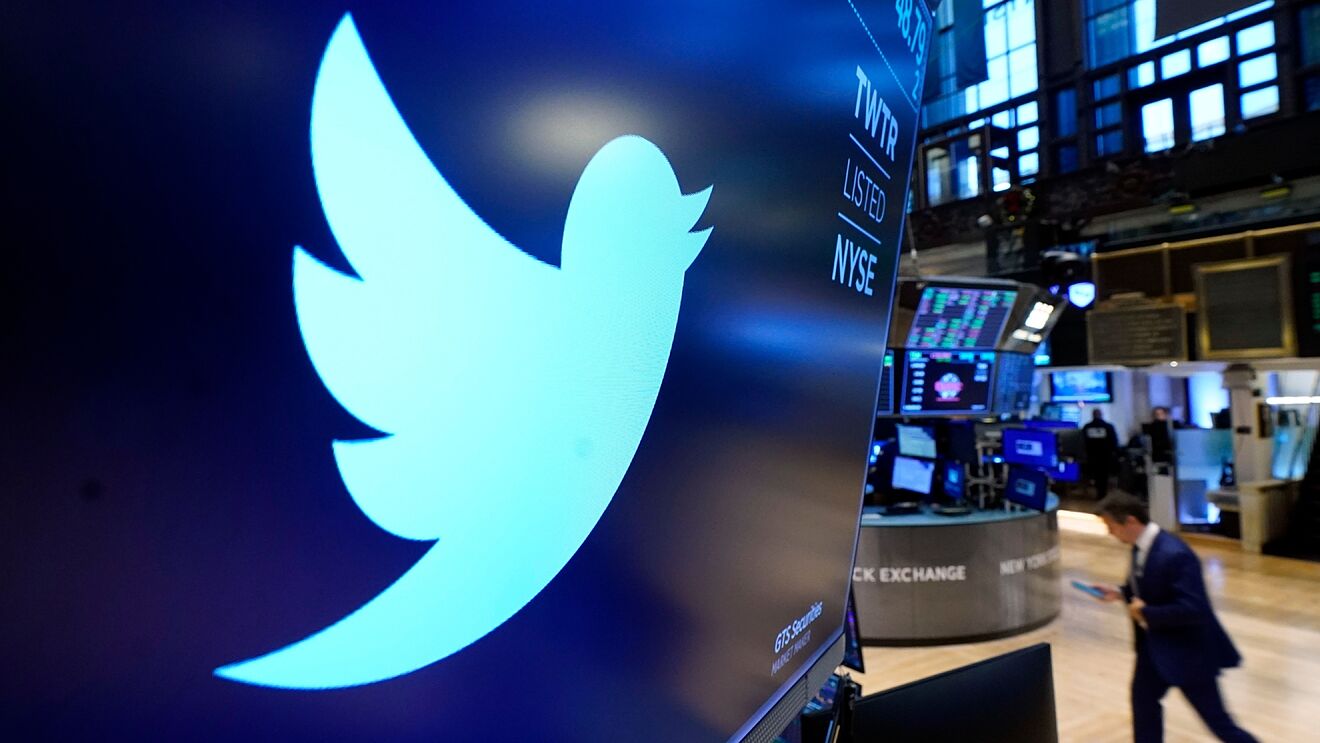Most people who use Twitter have the experience: you reject a quick tweet, realize it has a typo, and then get angry. You can’t click “Edit” to fix it. Twitter users have been asking for an edit button for years.
Elon Musk, who recently bought shares in the microblogging platform and offered $48 billion (about Rs 3,67,080 crore) for the entire company, asked his 82 million followers if they wanted an edit button. . His (profoundly unscientific) poll drew 74 million responses, with 73 percent in favor.
Other social media platforms allow you to edit posts after you’ve submitted them. It seems like it would be a simple feature to add, so why isn’t Twitter doing it? Well, maybe the time has come. Regardless of Musk’s survey, Twitter has confirmed that an edit button may be in the works. Enterprising users have also put together some tips on what this might look like.
So what’s the bother? Why is Twitter so opposed to the edit button? The answer may be that it is not as simple as it seems.
The first thing to know about tweets is that, unlike posts on many other platforms, Twitter has no way to take them down once they’ve been sent. This is because Twitter has an application programming interface (or API), which allows third parties, such as other applications or researchers, to download tweets in real time.

That’s why Twitter clients like Tweetdeck, Tweetbot, Twitterific and Echophone, which together have around 6 million users.
Once tweets have been downloaded by third parties, Twitter has no way of retrieving or editing them. It’s like an email: once I’ve sent it and you’ve downloaded it, I have no way of removing it from your machine.
If a user edits a Tweet, the most Twitter can do is send an “Edit this Tweet” message, but a third party can choose whether he actually does. (Currently, this only happens when tweets are “deleted.”) Cats and Dogs More importantly, an edit button can have unintended consequences and can become a weapon.
Consider this. I, a cat lover, decide to tweet “I love cats!” So you, being a cat lover (because why wouldn’t you), decide to quote my tweet, “Me too!” (Remember when Twitter used to be so innocent?) Now what if I edited my original tweet to declare “I love dogs”? Now you’re being introduced as a dog lover, and when your cat-loving friends see it (which they will when they reply to your tweet, mentioning them all), they’ll reject you.
Yes, it’s elegant, but it doesn’t take much imagination to see how edit buttons can be used in this way, especially for things like bot armies. Would Twitter users be happy to trade this ability for the convenience of correcting typos in their tweets? ‘Warts and all’: a bug or a feature? Twitter has earned a reputation as the most “real-time” social media platform, the place where earthquake information arrives faster than scientific instruments. For many people, though, the “warts and all” nature of Twitter posts is starting to feel like a bug rather than a feature.

Will the edit button change Twitter’s unique branding? There may be ways to improve this, such as allowing edits to be made within a short period of time after publication, but it’s certainly a business consideration.
In general, the design of media platforms shapes the type of discussion that takes place on them.
The presence of “Like” and “Retweet” buttons on Twitter encourages users to create content that entices others to click these buttons, further spreading your content. This, in turn, shapes the nature of the conversation that takes place on the platform.
Similarly, websites use algorithms and layouts to “nudge” users in particular directions, such as when to buy a product.
There is a rich body of research on the ways in which social media platforms shape discourse by design, establishing that every “statement” given to a user affects the conversation that ends.
This means that beyond the fundamental technical challenges, Twitter must think about the potential unintended consequences of changes that seem simple, even down to the level of a humble edit button. The medium shapes the message, and Twitter needs to think carefully about the kinds of messages it wants to shape on its platform.





